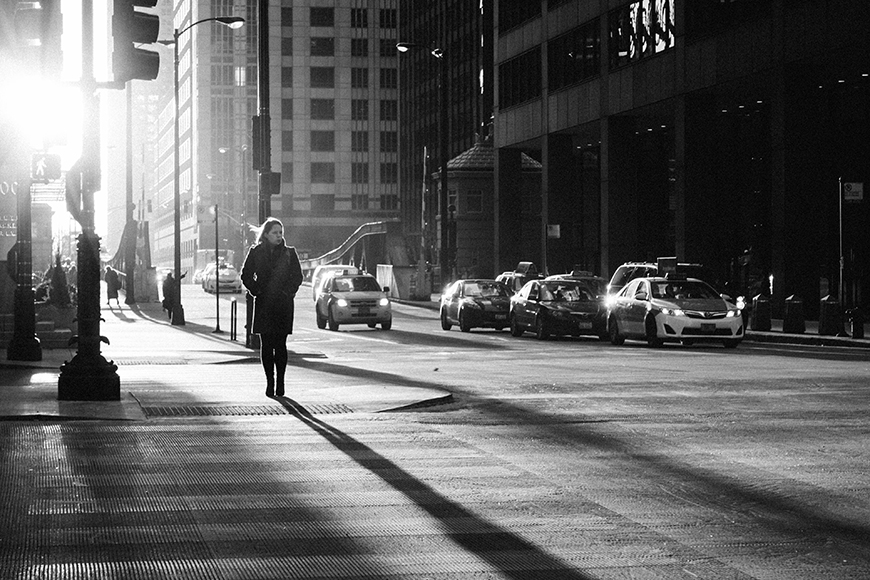The 20-Second Trick For Street Photographers
Table of ContentsFascination About Street PhotographersThe smart Trick of Street Photographers That Nobody is DiscussingUnknown Facts About Street PhotographersStreet Photographers Fundamentals ExplainedAll About Street Photographers
A genre of photography that documents daily life in a public place. The actual publicness of the setup allows the professional photographer to take candid photos of complete strangers, typically without their knowledge. Road professional photographers do not necessarily have a social purpose in mind, but they favor to isolate and capture minutes which might or else go unnoticed (Street Photographers).Though he was affected by many of those that influenced the road photographers of the 1950s and '60s, he was not mainly interested in recording the spirit of the road. The impulse to aesthetically document individuals in public started with 19th-century painters such as Edgar Degas, douard Manet, and Henri de Toulouse-Lautrec, who functioned side by side with photographers attempting to record the significance of city life.
As opposed to Atget, photographer Charles Marville was hired by the city of Paris to produce an encyclopaedic paper of Haussmann's metropolitan preparation task as it unravelled, hence old and brand-new Paris. While the photographers' subject was essentially the same, the results were significantly different, demonstrating the effect of the digital photographer's intent on the personality of the pictures he generated.
Given the fine quality of his photographs and the breadth of product, engineers and musicians commonly acquired Atget's prints to make use of as recommendation for their own work, though commercial interests were rarely his main inspiration. Rather, he was driven to picture every last remnant of the Paris he liked.
The 7-Second Trick For Street Photographers
They expose the city through his eyes. His job and essential understanding of photography as an art type served as ideas to generations of professional photographers that followed. The future generation of road professional photographers, though they likely did not describe themselves thus, was introduced by the photojournalism of Hungarian-born digital photographer Andr Kertsz.
Unlike his peers, Brassa utilized a larger-format Voigtlnder electronic camera with a much longer exposure time, compeling him to be much more computed and thoughtful in his practice than he could have been if utilizing a Leica. (It is believed that he might not have had the ability to afford a Leica back then, but he did, nevertheless, use one in the late 1950s to take colour photos.) Brassa's pictures of the Paris underworld lit up by fabricated light were a revelation, and the collection of the collection that he published, (1933 ), was a major success.
Cartier-Bresson was a champ of the Leica camera and one of the initial photographers to maximize its abilities. The Leica enabled the photographer to communicate with the surroundings and to catch minutes as read this post here they took place. Its relatively small size likewise assisted the digital photographer discolor right into the background, which was Cartier-Bresson's favored technique.
Street Photographers for Beginners
It is because of this basic understanding of the art of image taking that he is usually attributed with finding the medium around again roughly a century given that its development. He took pictures for greater than a half century and influenced generations of photographers to trust their eye and instinct in the minute.
These are the concerns I shall try to respond to: And afterwards I'll leave you with my very own meaning of street digital photography. Yes, we do. Allow's begin with specifying what an interpretation is: According to (Street Photographers) it is: "The act of defining, or of making something definite, distinctive, or clear"
No, absolutely not. The term is both limiting and misleading. Seems like a street digital photography must be photos of a roads ideal?! And all street digital photographers, with the exception of a handful of absolute beginners, will completely appreciate that a road is not the key part to street digital photography, and actually if it's an image of a street with perhaps a few monotonous people not doing anything of rate of interest, that's not road photography that's a photo of a street.
All About Street Photographers
He makes a legitimate factor don't you believe? While I agree with him I'm not sure "candid public photography" will catch on (although I do kind of like the term "candid photography") since "road photography" has been around for a long time, with numerous masters' names connected to you can look here it, so I believe the term is right here to stay (Street Photographers).
Inside?! I hear you scream as you drink your hand to the skies. Why not? You can fire at the coastline, at an event, in a street, in a park, in a piazza, in a coffee shop, at a gallery or art gallery, in a city terminal, at an event, on a bridge, under a bridge ...

An Unbiased View of Street Photographers

Comments on “A Biased View of Street Photographers”